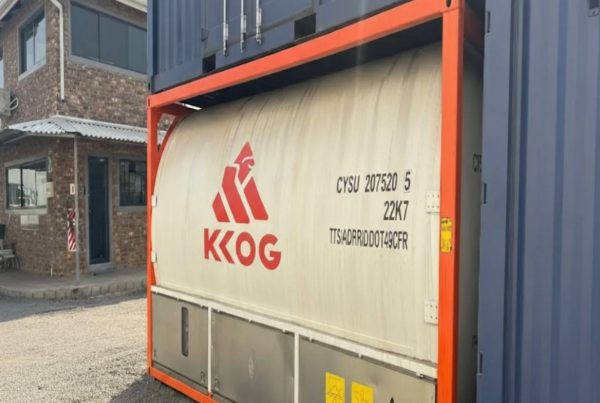MTN Rwanda is positioning itself for a strong profitability rebound, driven by surging fintech revenues, operational efficiencies, and regulatory adjustments. After a challenging year marked by currency depreciation and regulatory headwinds, the company’s fourth-quarter recovery—bolstered by a 30.3 percent surge in mobile money revenue and disciplined cost management—signals renewed growth momentum. With ongoing regulatory engagements and a focus on optimizing margins, MTN Rwanda is targeting sustained earnings growth and an EBITDA margin recovery in the medium term.
MTN Rwanda reported a 4.6 percent rise in service revenue to Rwf257.7 billion in 2024, as a surge in mobile money transactions and strategic cost controls helped offset regulatory headwinds and currency depreciation. While the company posted a full-year loss of Rwf5.5 billion, an improved fourth-quarter performance signals a potential turnaround.
Fintech emerged as the primary growth engine, with mobile money (MoMo) revenue jumping 30.3 percent to Rwf116.7 billion. The company expanded its active MoMo subscriber base by 8 percent to 5.3 million, while advanced financial services—including payments, remittances, and lending—grew 56.2 percent, now accounting for nearly 28 percent of total MoMo revenues.
“We are encouraged by the strong momentum in fintech and the improving regulatory environment,” CEO Mapula Bodibe said. “As we execute our growth strategy, we are confident in delivering long-term value for our shareholders and customers.”
The broader macroeconomic environment in Rwanda also showed resilience, with GDP growing at an average of 9.2 percent over the first three quarters of 2024. Inflation remained within the central bank’s target range, prompting monetary policy easing that could support consumer spending in the telecom sector.
Despite a challenging first half, MTN Rwanda saw improving financial momentum in the final quarter, posting a profit of Rwf5.3 billion—up 329 percent from Q4 2023.
“The recovery in profitability has already taken place,” Bodibe said. “In the fourth quarter alone, we delivered a 328 percent surge in profit before tax, proving that our operational efficiencies and disciplined execution are working, even in a challenging regulatory environment. This momentum gives us confidence in our ability to sustain earnings growth going forward.”
This recovery was driven by a 13.6% percent surge in quarterly service revenue and improving margins following regulatory adjustments. The Rwanda Utilities Regulatory Authority (RURA) revised its zero-rated mobile termination rates (MTRs) policy, allowing operators to charge for outbound calls to roaming subscribers in the One Network Area (ONA). This move helped ease cost pressures that had weighed on earnings.
Currency volatility remained a challenge, with the Rwandan franc depreciating by an average of 13.6 percent against the U.S. dollar, increasing the cost of foreign-denominated expenses.
However, MTN Rwanda mitigated some of these effects through disciplined cost management, trimming capital expenditure by 15.3 percent to Rwf70.5 billion. The company also intensified pricing optimization efforts, boosting data and voice revenue trends in the latter half of the year.
“Despite the zero mobile termination rate (MTR) policy remaining in place, we demonstrated that we can drive profitability through cost discipline and operational efficiency,” CFO Dunstan Ayodele Stober said.
“The fact that we turned around from a Rwf10.8 billion loss by September to Rwf5.3 billion in Q4 is a testament to the resilience of our business model,” he added
Looking ahead, MTN Rwanda is targeting mid-teens service revenue growth and an EBITDA margin recovery to 40-42 percent over the medium term. The company plans to accelerate 4G penetration, grow its home broadband segment, and expand its enterprise offerings. Additionally, regulatory engagements remain a key focus, with ongoing discussions about reintroducing domestic MTRs to ensure industry sustainability.
While the company will forgo a dividend for 2024 to rebuild its financial position, its Q4 performance suggests that operational efficiencies and strategic pricing initiatives are beginning to pay off.
“We shifted our focus from top-line growth to margin protection, enhancing internal controls and optimizing costs,” Bodibe said. “The result was a remarkable fourth-quarter performance that not only stabilized the business but positioned us for sustainable profitability in the months ahead,” she said.





